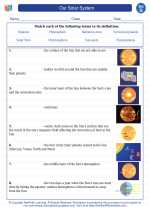Tides
Tides are the rise and fall of sea levels caused by the gravitational forces exerted by the Moon and the Sun, and the rotation of the Earth. The gravitational pull of the Moon causes the oceans to bulge out in the direction of the Moon, leading to high tides, while the gravitational pull of the Moon in combination with the centrifugal force caused by the Earth's rotation creates a second bulge, resulting in another high tide on the opposite side of the Earth. The areas between these bulges experience low tides. The Sun also exerts a gravitational force on the Earth, contributing to the tides, although to a lesser extent than the Moon.
Types of Tides
There are primarily two high tides and two low tides each day, creating a pattern known as a tidal cycle. When the Sun, Moon, and Earth are aligned, the gravitational forces combine, resulting in higher high tides and lower low tides, known as spring tides. When the Sun and Moon are at right angles to each other, the gravitational forces counteract each other, leading to lower high tides and higher low tides, known as neap tides.
Factors Affecting Tides
Several factors can influence the height and timing of tides, including the shape of the coastline, the depth of the water, and the Earth's rotation. The local topography and bathymetry can cause tides to vary in height and timing from one location to another. Additionally, the Earth's elliptical orbit around the Sun and the Moon's elliptical orbit around the Earth can also influence the tides.
Effects of Tides
Tides play a crucial role in the marine ecosystem, influencing the behavior and distribution of marine organisms. They also affect coastal erosion, sediment transport, and navigation. Furthermore, tides have been harnessed as a source of renewable energy through technologies such as tidal power plants.
Study Guide
- Define tides and explain the primary causes of tides.
- Describe the differences between spring tides and neap tides.
- Explain the factors that can affect the height and timing of tides.
- Discuss the effects of tides on the marine ecosystem and human activities.
- Research and present a case study on a notable tidal energy project or the impact of tides on a specific coastal area.
Understanding tides is essential for comprehending the dynamics of the Earth's oceans and their impact on both natural and human-made systems. It also provides insight into the interconnectedness of celestial bodies and their influence on our planet.
.◂Science Worksheets and Study Guides Seventh Grade. Our Solar System

 Activity Lesson
Activity Lesson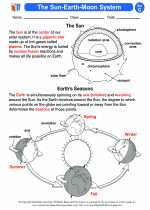
 Activity Lesson
Activity Lesson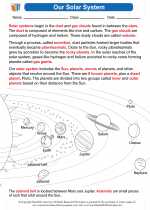
 Worksheet/Answer key
Worksheet/Answer key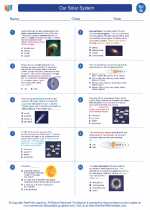
 Worksheet/Answer key
Worksheet/Answer key
 Worksheet/Answer key
Worksheet/Answer key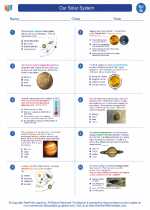
 Worksheet/Answer key
Worksheet/Answer key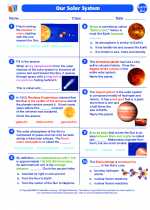
 Vocabulary/Answer key
Vocabulary/Answer key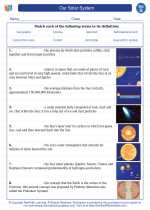
 Vocabulary/Answer key
Vocabulary/Answer key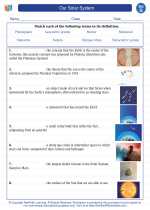
 Vocabulary/Answer key
Vocabulary/Answer key